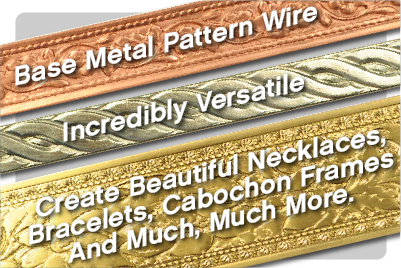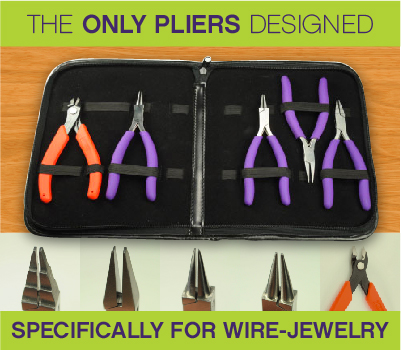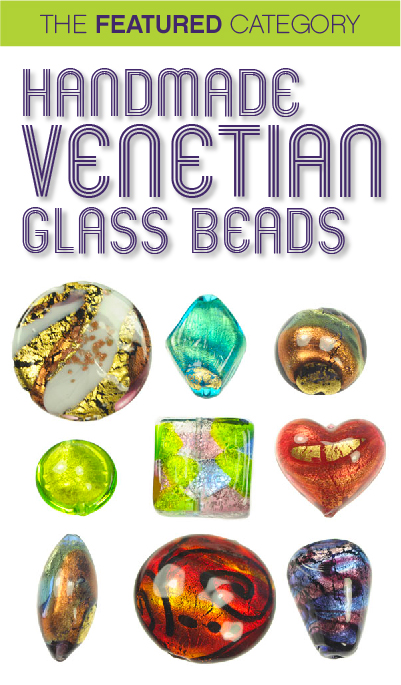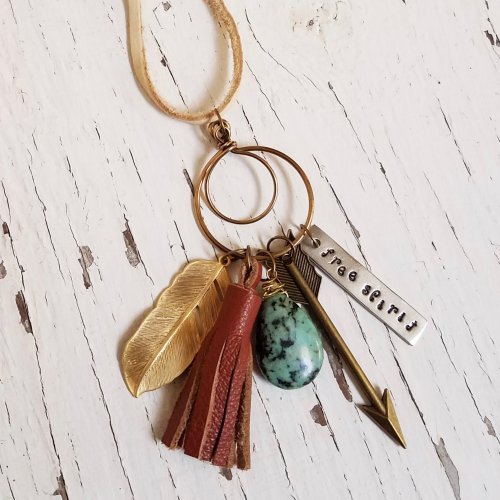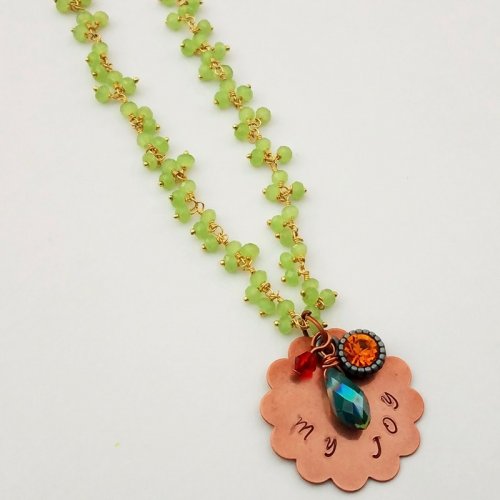- { Create }
- Wire
- Sheet
- Tools
- DVDs
- Streaming Video
-
Beads
- Handmade Venetian Glass Beads
-
Shop by Gemstone
- Agate - Blue Crazy Lace
- Agate - Blue Lace
- Agate - New Brazilian
- Agate - Pink Crazy Lace
- Agate - Purple Crazy Lace
- Agate - Rainforest
- Agate - Turritella
- Amethyst
- Amethyst - Dog Teeth
- Apatite - Blue
- Bronzite
- Carnelian
- Carnelian - Matte
- Cat's Eye
- Chrysocolla
- Dumortierite
- Dumortierite - Purple
- Goldstone - Blue
- Goldstone - Brown
- Goldstone - Green
- Hematite
- Jade
- Jade - New Burma
- Jade - West African
- Jade - Yellow
- Jasper - Apple
- Jasper - Black Silver Leaf
- Jasper - Dragons Blood
- Jasper - Green Brecciated
- Jasper - Imperial
- Jasper - Iron Zebra
- Jasper - Mexican Red Snowflake
- Jasper - Noreena
- Jasper - Picasso
- Jasper - Picture
- Jasper - Porcelain
- Jasper - Red Creek
- Jasper - Red Creek - Matte
- Jasper - Red Porcelain
- Jasper - Venus
- Jasper - White Lace Red
- Jasper - Wildhorse
- Labradorite
- Lapis
- Malachite
- Obsidian - Golden
- Obsidian - Snowflake
- Onyx
- Onyx - Matte
- Orange Sodalite
- Prehnite
- Pyrite
- Quartz - Blue Green
- Quartz - Cherry
- Quartz - Rose
- Quartz - Smoky
- Rhyolite
- Rhyolite - Bird's Eye
- Sardonyx
- Seraphinite
- Sodalite
- Tiger Eye
- Tiger Eye - Blue
- Tiger Eye - Red
- Turquoise - African
- Turquoise - Yellow
- Pearls
- Swarovski Crystal Beads
- Stones & Supplies
- On Sale Now
Wire can be the glue that holds your jewelry together, or it can shine as the focal point for the entire work. Whether you’re into chainmaille, beading, wire sculpture and jewelry making, or even name writing, we have the perfect wire for you. Use finer, or higher, gauge wire for more delicate jewelry with smaller stones, or in bundles of multiple lengths of wire. Use thicker wire, with a lower gauge number, for bigger jewelry and bigger stones. Most bracelet patterns can be made using 21 to 22 gauge wire, and a masculine bracelet may use 20-gauge. Regarding rings and earrings, we recommend 22 to 24 gauge in half-hard wire, depending, of course, on the size and style of the earrings or ring. For more information about gauges, check out “What Type of Wire Should I Use?” on our blog!Thicker wire is useful for wrapping cabochons, ring shanks, and thick wire bundles, and also for using in jigs. Of course, you can always use wire to make your own jump rings, bails, and findings. Experiment and explore! Also, if you're used to buying wire by weight, check out our Wire Conversion Charts!
Gauge Size |
10 |
12 |
14 |
16 |
18 |
20 |
21 |
22 |
24 |
26 |
28 |
30 |
|---|---|---|---|---|---|---|---|---|---|---|---|---|
Diameter in inches |
.1019 |
.0808 |
.0641 |
.0508 |
.0403 |
.0320 |
.0285 |
.0253 |
.0201 |
.0159 |
.0125 |
.0100 |
Diameter in mm |
2.588 |
2.05 |
1.63 |
1.29 |
1.02 |
.813 |
.723 |
.643 |
.511 |
.404 |
.320 |
.254 |
The premier place for all your jewelry making needs. The best in wire, tools, cabochons, gemstone beads and more. As well as a superior resource for educational support to help build your jewelry making skills and techniques.

